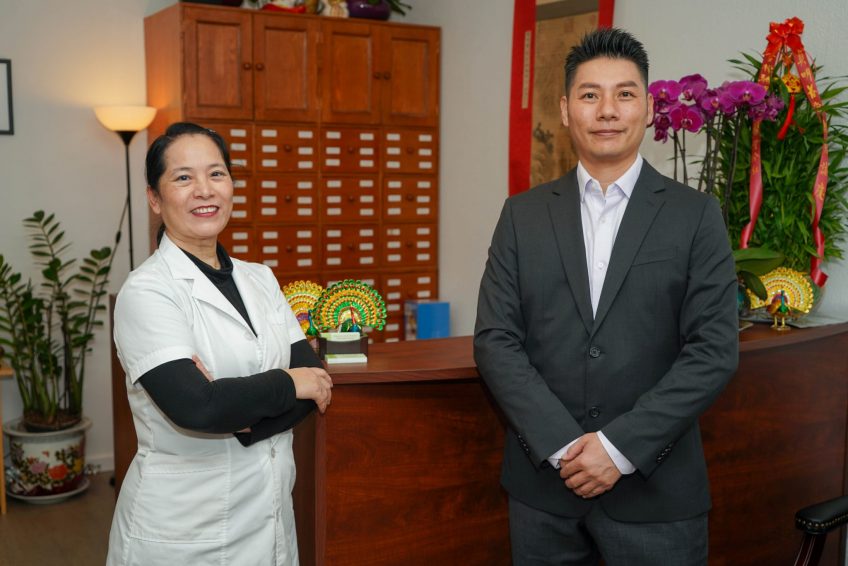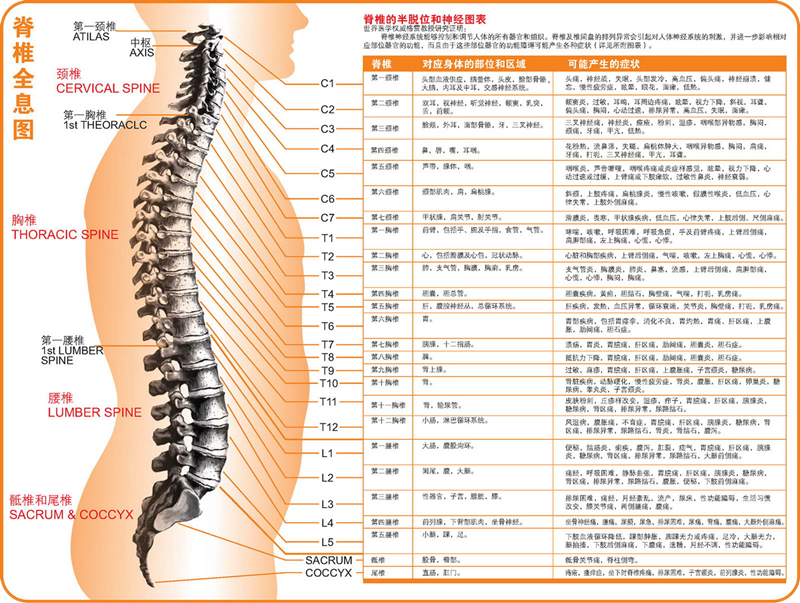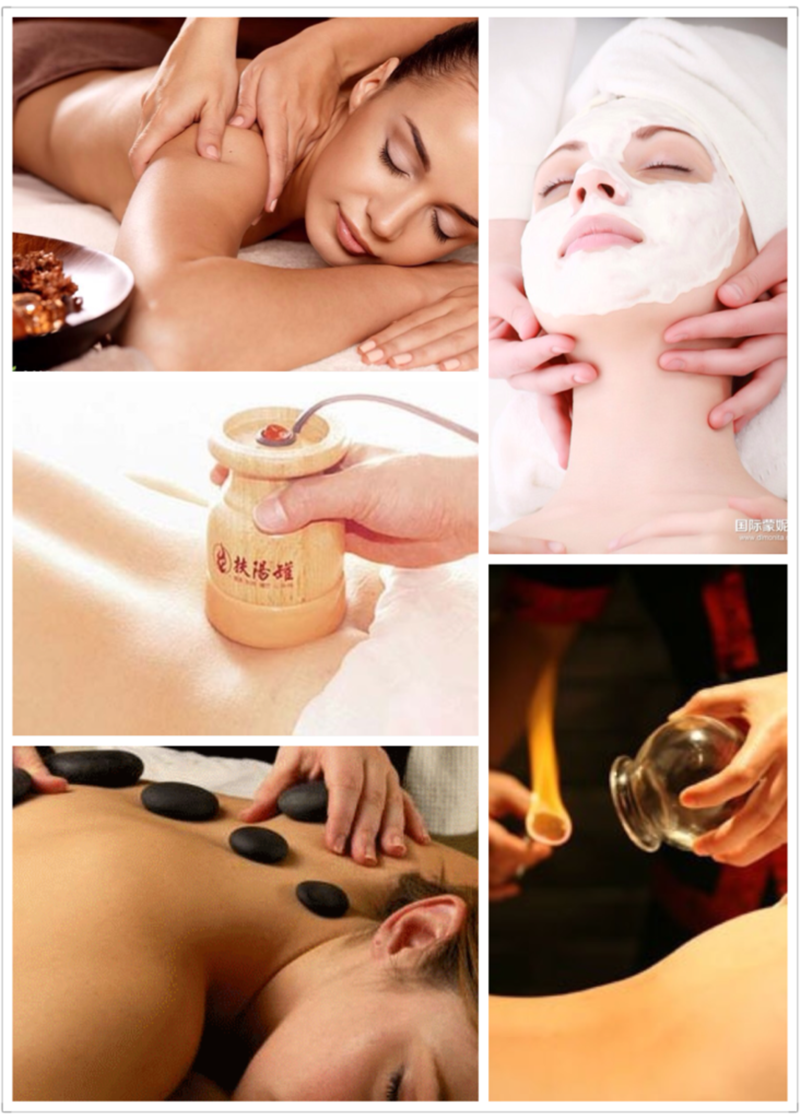What Is Acupuncture?
Acupuncture is an effective form of medical treatment that has evolved into a complete holistic healthcare system. Practitioners of acupuncture and Chinese medicine have used this noninvasive treatment method to help millions feel well and stay well.
Acupuncture promotes natural healing, it can enhance recuperative power and immunity, support physical and emotional health, and improve overall function and well-being. It is a safe, painless and effective way to treat a wide variety of medical problems.
What is Traditional Chinese Medicine?
At the core of this ancient medicine is the philosophy of Qi (pronounced “chee”), or vital energy. Qi flows throughout the body, it animates the body and protects it from illness, pain and disease. A person’s health is influenced by the quality, quantity and balance of Qi.
How does Qi affect the body?
Qi flows through specific pathways called meridians. There are twenty main meridians inside the human body. Each of these is connected to specific organs and glands.
Meridian pathways are like rivers flowing inside the body. For example, where a river flows, it transports life-giving water that provides nourishment to the land, plants and people. Similarly, where meridian pathways flow, they bring life-giving Qi that provides nourishment to every cell, organ, gland, tissue and muscle in the body.
What Happens if Qi is Disrupted?
An obstruction to the flow of Qi is like a dam. When Qi becomes backed up in one part of the body, the flow becomes restricted in other parts. This blockage of the flow of Qi can be detrimental to a person’s health, cutting off vital nourishment to the body, organs and glands.
Physical and emotional trauma, stress, lack of exercise, overexertion, seasonal changes, poor diet, accidents, or excessive activity are among the many things that can influence the quality, quantity and balance of Qi.
Normally, when a blockage or imbalance occurs, the body easily bounces back, returning to a state of health and well-being. However, when Qi disruption is prolonged or excessive, or if the body is in a weakened state, illness, pain, or disease can set in.
What Does an Acupuncturist Do?
During the initial exam, a full health history is taken. Questions are asked regarding health, symptoms and lifestyle. An appropriate physical exam is conducted, including pulse and tongue diagnosis.
Gathering this information enables the practitioner to effectively diagnose and detect any specific imbalances of Qi that may have contributed to a person’s health problems. The practitioner can then create a well-structured treatment plan.
Once the imbalances of Qi are detected, an acupuncturist will place very thin, sterile needles at specific acupoints along meridian pathways. This safe and painless insertion of the needles can unblock the obstruction and balance Qi where it has become unbalanced. Once this is done, Qi can freely circulate throughout the body, providing adequate nourishment to cells, organs, glands, tissues and muscles. This can eliminate pain and restore balance and harmony, as well as the body’s ability to heal itself—ultimately leading to optimal health and well-being.
Cupping
Widely known method used throughout Europe, Africa, and Asia to treat a number of illness. Although cupping has been practice in the United States for quite some time; it recently became popular through Michael Phelps, an Olympic swimmer, who used cupping to recover quicker and to reduce soreness. Cupping can be use to divert blood flow and remove toxins from the body by using a specialize cup, shaped to create a vacuum. Suction can be created through a pump or by using a flame to heat the cup and as it cools down, creates a vacuum. Cupping can also be used for reducing pain, breaking up inflammation, increase blood flow, deep tissue massages to name a few.





















